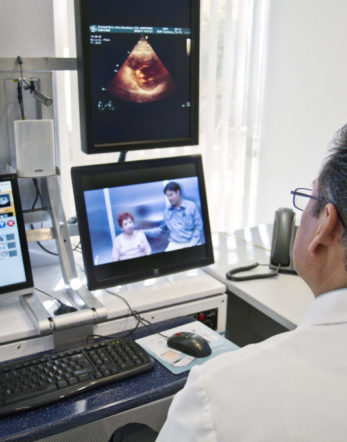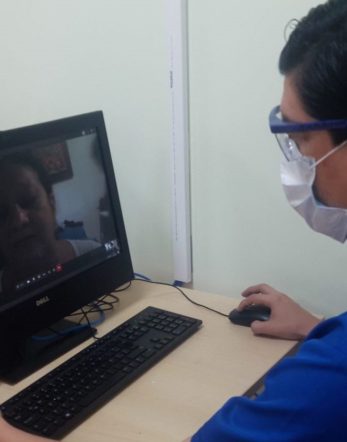Research Theme 1 tackles important questions in informatics and healthcare including using big data to improve care, diagnostic testing, and medication management, as well as designing analytics to guide better healthcare decisions. Researchers are also examining how telehealth might best be deployed and funded to improve healthcare across the country.
search








